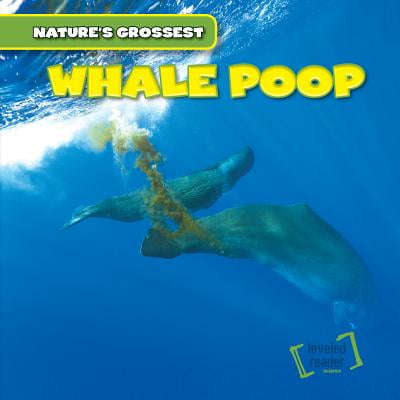
The phenomenon has been termed the "whale pump". The fecal action of whales thus reverses the usual flow of nutrients of the ocean's " biological pump" due to the downward flow of " marine snow" and other detritus from surface to bottom. Whales feed at deeper levels of the ocean where krill is found. The study assumes that whales tend to defecate more commonly in the upper part of the water column, which they frequent for breathing additionally the feces tend to float. The enrichment is not only in primary productivity but also secondary productivity in the form of abundance in fish populations. Even today, despite reduction of marine mammal populations and increase in nitrogen uptake from the atmosphere and nitrogen pollution, the local clustering of marine mammals plays a significant role in maintaining the productivity in the regions they frequent. A study in the Gulf of Maine extrapolated from modern levels nitrogen recycling in the sea due to marine mammals, such as cetaceans and seals, prior to the advent of commercial culling, estimating a former level thrice that of supply of nitrogen fixed from the atmosphere. " By restoring populations we have a chance to glimpse how amazingly productive these ecosystems were in the past," Roman affirms.Whales transport more nitrogen through their feces in the Gulf of Maine than all of the rivers in that system combined.Ĭetaceans are an important source of nitrogen circulation in the ocean. The Whale Pump model by Peter Roopnarine, Joe Roman, & James McCarthy: image via Science DailyĬontrary to what some countries are advocating, lifting the ban on harvesting marine mammals, the researches say that we should be increasing the population of marine mammals to the pre-harvest levels. Roman, McCarthy, and their colleague developed a model that explains the eco-system of the ocean on a macro level. While the fecal material produced by fish travels down to the bottom of the ocean floor, the feces of marine mammals float upwards where respiration is more available. Roman and McCarthy also found that whale feces float up to the surface of the ocean, not down, as was previously assumed. Whales occur in high densities," Roman says. Result: "bigger fisheries and higher abundances throughout regions where Productivity," he says, of the critters that rely on the plankton. "We found that whales increase primary productivity," Roman says,Īllowing more phytoplankton to grow, which then "pushes up the secondary Ironically, the presence of whales actually increases the population of fish - though Japan and other country fisheries contend whales are competition for the fisheries.

They found that whale poop carries very important nutrients, such as nitrogen, that contribute to the growth of phytoplankton that many species of fish depend on for food. The whale biologists, Joe Roman and James McCarthy, studied areas of the North Atlantic where whales are more prevalent. While much is known about the eco-systems created by microbes, plankton, and fish, not much was known about the contributions of whales and other marine mammals.

How about knowing that whale waste can help temper theĭamage that humans have done to the environment as a whole? Sharing what they learned studying whale poop and which way it floats.ĭid you know that increasing the population of whales and whale poop is essential to sea life, and that increasing their numbers will help commercial fisheries catch moreįish, not less. Whale watching: image via probably don't think about the nutrients in whale poop very often,īut biologists from the University of Vermont and Harvard UniversityĪctually made a huge contribution to many scientists and fisherman,


 0 kommentar(er)
0 kommentar(er)
